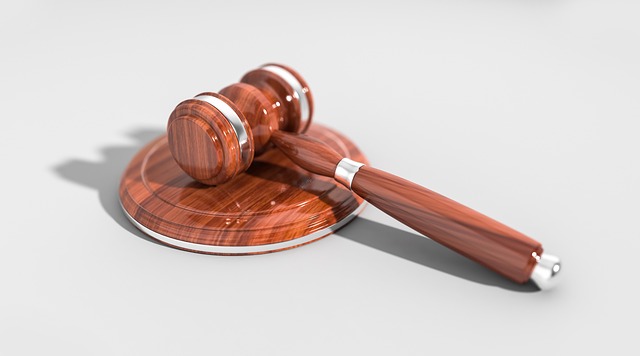A bike injury attorney relies on comprehensive evidence including medical records, witness statements, photographs, GPS data, and meticulous record-keeping to build a powerful legal argument and secure fair compensation for clients injured in bicycle accidents. These forms of compelling evidence establish the occurrence of an accident and prove negligence by illustrating direct causation, ultimately ensuring individuals receive appropriate reimbursement for medical expenses, lost wages, pain and suffering, and other associated damages.
“In the pursuit of justice for bike injury victims, evidence is more than just detail; it’s the backbone of a compelling case. For an experienced bike injury attorney, understanding how to navigate and utilize available evidence is paramount. This article delves into the intricate role of evidence in bicycle accident claims, exploring critical types of proof and strategic collection methods. By arming attorneys and clients alike with this knowledge, we aim to enhance outcomes and ensure victims receive the compensation they deserve.”
- Understanding the Role of Evidence in Bike Injury Cases
- Types of Evidence Critical for a Successful Claim
- Strategies for Collecting and Presenting Compelling Evidence
Understanding the Role of Evidence in Bike Injury Cases

In bike injury cases, evidence is the linchpin that connects the dots between the incident and the resulting damages. A bike injury attorney relies on compelling evidence to build a strong legal argument on behalf of their client. This includes anything from photographs capturing the scene and injuries, witness statements, medical records detailing the extent of injuries and treatment, and even data from surveillance cameras or GPS trackers if available.
The role of evidence goes beyond simply proving that an accident occurred. It must also demonstrate negligence – that another party’s actions or inactions directly caused the injury. For instance, a truck accident attorney would need to show how a driver’s reckless driving led to a collision with a cyclist. In personal injury cases, whether it’s a bike, car, or truck accident, having robust evidence is crucial for securing fair compensation and ensuring justice for the injured party.
Types of Evidence Critical for a Successful Claim

When pursuing a claim with a bike injury attorney, compelling evidence is the key to success. Types of evidence critical for a strong case include medical records detailing injuries and treatment, eyewitness statements corroborating the incident, and photographs documenting the scene and any resulting damage. For auto accident injuries or slip and fall incidents involving property damage claims, insurance policies, repair estimates, and maintenance records can also serve as valuable proof of liability and the extent of losses suffered.
A bike injury attorney will skillfully gather and present this evidence to build a compelling argument on behalf of their client. A well-documented case increases the likelihood of a favorable outcome, ensuring that individuals injured through no fault of their own receive the compensation they deserve for medical expenses, lost wages, pain and suffering, and other associated damages.
Strategies for Collecting and Presenting Compelling Evidence

When representing a client in a bike injury case, gathering and presenting robust evidence is key to achieving a favorable outcome. A successful strategy involves multiple steps to ensure all relevant details are captured accurately. This includes documenting medical records, obtaining witness statements, and taking detailed photographs of the accident scene. These primary pieces of evidence provide an undeniable account of the incident, establishing liability and quantifying damages.
Additionally, leveraging digital tools and advanced technology can significantly enhance a bike injury attorney‘s case. For instance, using GPS data from devices or vehicle tracking systems can pinpoint the exact location and speed at the time of impact. In complex cases like car accident injuries or nursing home abuse, where multiple parties are involved, meticulous record-keeping and cross-referencing evidence become crucial to building a strong narrative. Presenting such compelling evidence ensures that clients receive the compensation they deserve for their physical and emotional trauma resulting from these unfortunate events.
When seeking compensation as a bike injury victim, robust evidence is your strongest ally. A bike injury attorney relies on detailed documentation, medical reports, eyewitness testimonies, and photographic evidence to build a compelling case. By gathering and presenting this critical information effectively, victims can ensure their claims are not just heard but also result in the justice they deserve. Understanding the types of evidence that matter most and employing strategic collection methods are essential steps towards a successful outcome.






